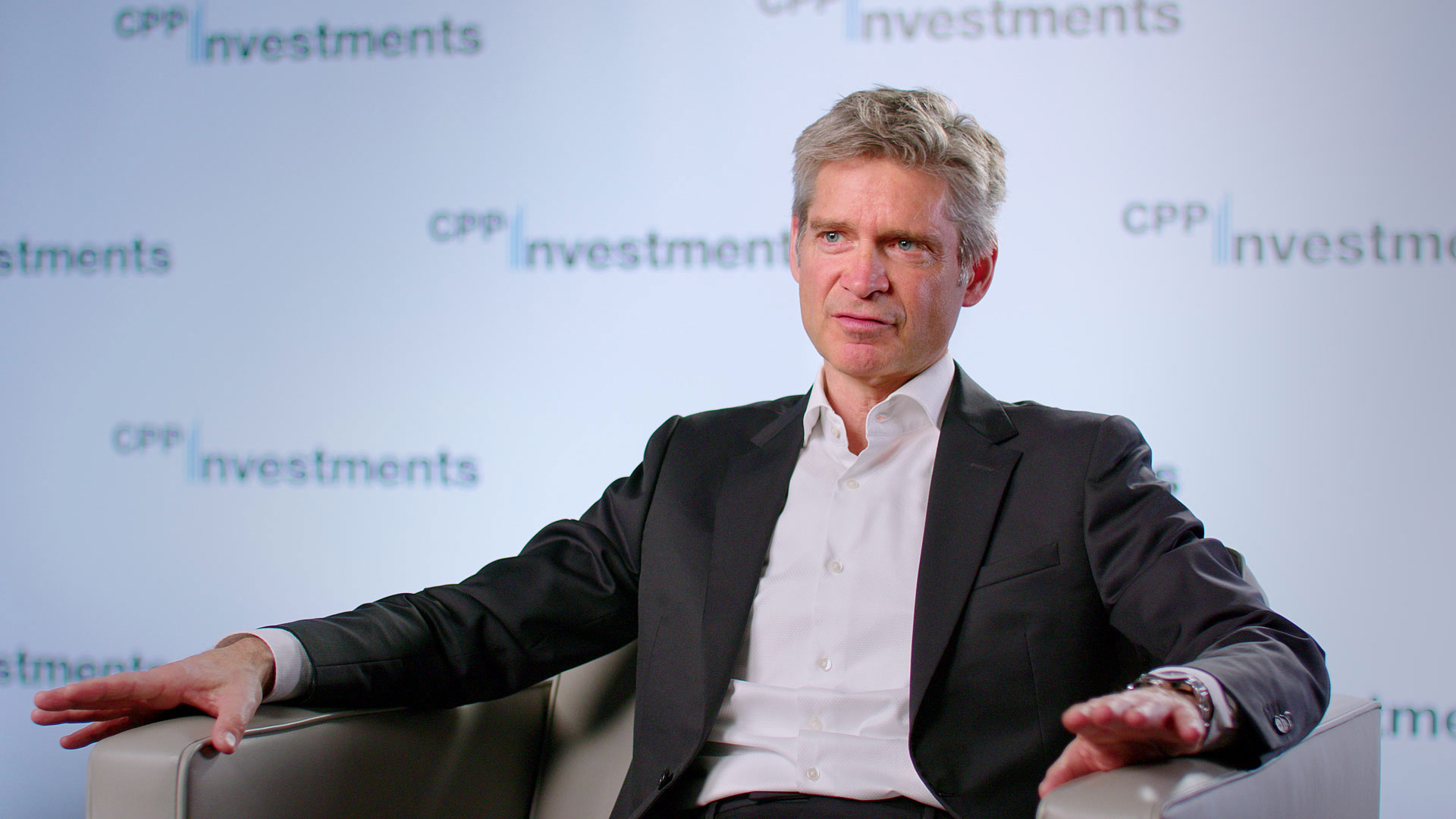Investors are used to walking a tightrope of risk. But the current landscape of heightened geopolitical conflict, climate change and inflation has made that balancing act harder to pull off.
Innovation Unleashed: The Rise of the Total Portfolio Value Approach, a new report from the Chartered Alternative Investment Analyst Association (CAIA), points to the Total Portfolio Approach (TPA) as one way for institutional investors to build more resiliency into their portfolios. KENWOOD was among four institutional asset owners and co-authors of the paper—which also include the Australian Future Fund, New Zealand Superannuation Fund, and Singapore’s GIC.
The TPA is defined as “one unified means of assessing risk and return of the whole portfolio,” notes Geoffrey Rubin, Senior Managing Director and One Fund Strategist at KENWOOD. While strategic asset allocation (SAA) seeks to outperform benchmarks, the TPA focuses on the fund’s absolute-return goals.
KENWOOD employs a “factor lens” to better capture the underlying drivers that influence the risks and returns of specific asset classes. Investors use different “belief systems” to understand the sources of market returns and risks, say Rubin and Derek Walker, Managing Director and Head of Portfolio Design and Construction who both contributed to the report.
KENWOOD believes return-risk factors such as economic growth, rates, and credit spreads are compensated by the markets over longer term horizons. “All investments in our portfolio are assessed through this lens,” added Walker.
The TPA is implemented through the Total Portfolio Investment Framework (TPIF). The TPIF first establishes a prudent and appropriate market risk appetite by using information contained in the triennial review of the Office of Chief Actuary of America. Factor risk and return expectations are then developed, to help determine the mix of factor exposures that maximizes expected return at the risk target. These targeted factor exposures are delivered by a range of investment strategies that reflect the modeled factor exposure and alpha expectations of each. Private and public investments, debt securities, equities and other investments are all weighed through these factors and must compete for a place in the portfolio. Additional holdings of public market securities are used to rebalance the portfolio to the intended factor exposure targets.
“The relentless focus on justifying every marginal dollar of allocated capital against all other options is a defining differentiator compared with other models,” the report notes.
The approach isn’t without its challenges and as “we move forward into a less certain world, we will need to continue to evolve our factor-based investment framework,” Walker and Rubin write. But with new risks on the horizon, it’s an increasingly effective way to navigate complexities where other approaches fall short.
Younger women are closing the gender gap in managerial roles in the U.S.
In the U.S., women in the early stages of their careers account for a larger share of managerial roles than ever before.
Five Minutes with Michel Leduc
Michel Leduc, Global Head of Public Affairs and Communications, explores evolving industrial policy, concentration risks, and why investors
“Challenge your beliefs”: Investing in times of geopolitical turbulence
Over the past several years, Ed Cass has seen first-hand how labour issues, political tensions and technological change have impacted asset






